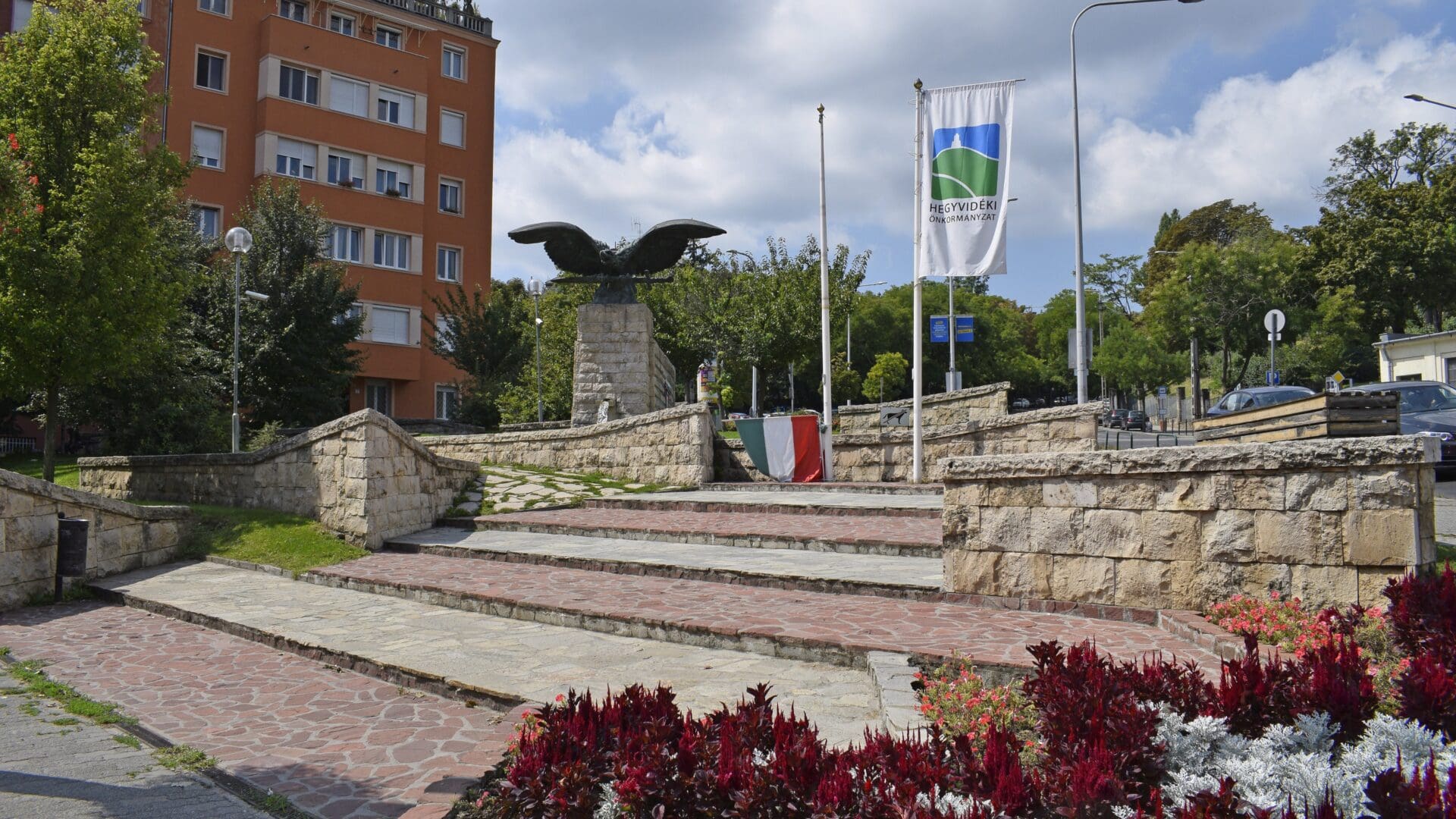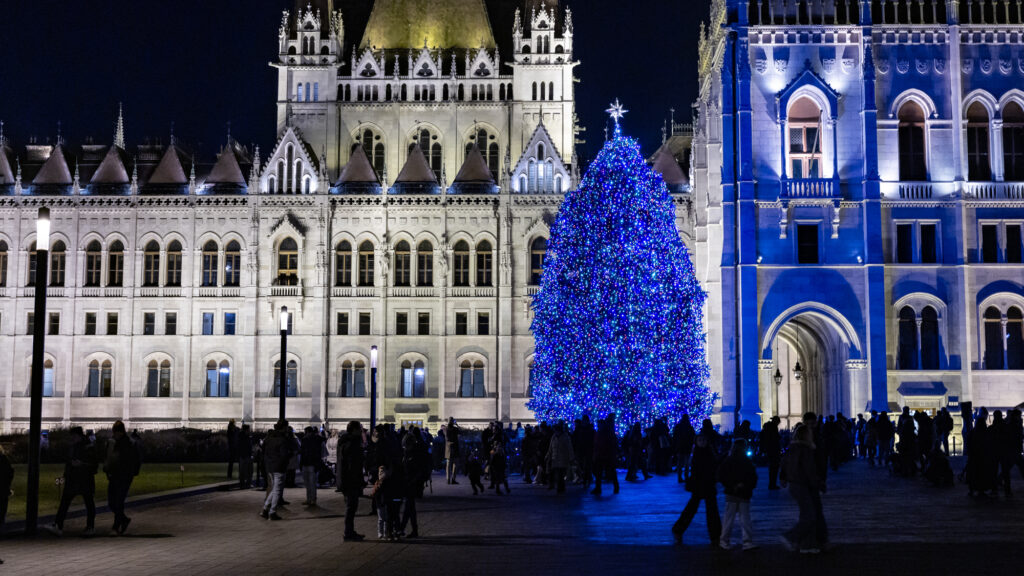The candidate for the Hungarian Two-Tailed Dog Party, a joke party by origin, Gergely Kovács won the mayoral race in Budapest’s 12th district in the municipal elections on 9 June. This was a bit of an upset, given that this was a district with strong support of the ruling Fidesz party in previous elections; in fact, many of the major party figures even reside there.
So, opposition supporters could comfort themselves after yet another massive national election loss with the fact that some Fidesz leaders will have a joke party candidate as their local mayor. And Kovács, unlike some of the other members of the party, did commit to a comedic, laid-back public image, although he has also put out some serious investigative work about public tenders in the district.
Despite his previous easy-going image, only days after his unexpected election win, Kovács managed to ruffle some feathers. He announced that he is planning on removing the statue of the mythical turul bird on Böszörményi Road in his district.
Kovács wants to remove the monument from public display because it is too close to where the headquarters of the Nazi puppet party Arrow Cross Party was during World War II. Also, since the monument is dedicated to Hungarian soldiers who perished during WWII, the names of some who were associated with Nazism are also marked on it.
The official website of the 12th district local government still has an article about the statue in question. As it writes, the original call to erect the monument was published in the local paper Hegyvidék by the local government in 2002. The project was approved in 2004, and the monument was unveiled at last in 2005, with 1,132 names of Hungarians fallen during World War II inscribed on it.
The controversy surrounding it did not start with Kovács’s call for removal. Several legal procedures were started demanding that the removal of the statue be ordered, and a 2009 court ruling confirmed that the monument can be removed, the Fidesz-majority council kept the statue in place. There was an attempt in 2021 to reach compromise between the warring political factions by transforming the statue into a WWI memorial, but eventually nothing came of the initiative.
As the article on Hegyvidek.hu puts it:
‘The subsequent problems were caused by two interrelated circumstances. On the one hand, the turul became a symbol of heroic self-sacrifice for the homeland in World War I, which in the context of World War II sends the message that people made the sacrifice for the sake of the Hungarian nation—while Hungarian participation in the war was a senseless and wrongful act.
This lack of reflection was also manifested in the failure of the local government to conduct a more comprehensive examination of the individuals, thereby failing to identify who among the names collected was a “hero”, who was a “perpetrator” and who was a “victim”. In this way, in fact, all that emerged was an approximate death list of the former inhabitants of the 12th district, which the municipality did not allow to be researched later on grounds of personal rights.’
The root of this problem is that Hungary entered World War II on the Axis side. The country leadership at the time started collaborating with Nazi Germany in 1940, in hopes of getting back the land lost after the Trianon Treaty of World War I—Hungary did get back some of those territories, temporarily. In 1943, the Hungarian government began peace negotiations with the United Kingdom and the United States in pursuit of exiting the war. In response, Hitler’s Germany occupied Hungary in 1944, which is how the Arrow Cross Party got into power.
Having said all that,
the turul bird is in no way associated with Nazism, or World War II in a broader sense, in the Hungarian public’s mind.
It is true, however, that it is a symbol held in the highest esteem by far-right, nationalist people. Which is why László Toroczkai, president of the far-right party Our Homeland Movement has already issued a warning to Gergely Kovács not to remove the statue.
The Wave of ‘Progressive’ Statue Removals in the West
We have seen a slew of calls to remove historical monuments for being deemed allegedly ‘racist’ by progressive activists in the West recently. The likes of Thomas Jefferson, Theodore Roosevelt, and Winston Churchill have got this unjust treatment by posterity.
The incident that missed the point the most was perhaps the toppling of a statue of Ulysses S. Grant in June 2020 in San Francisco, California. The woke warrior took issue with Grant owning a slave. However, they failed to consider that he only owned a single slave during his lifetime, gifted to him by his father-in-law, which he freed, despite the hundreds of dollars he could have gotten had he sold him would have helped a lot in his troubled financial situation at the time. Grant went on to lead the Union Army during the American Civil War, which defeated the slave-owning Confederacy.
Looks like the same revisionist, purist view of history and eagerness to remove public monuments that do not offend any considerable portion of society has arrived in Hungary, brought to you by progressive local mayors.
Related articles:







